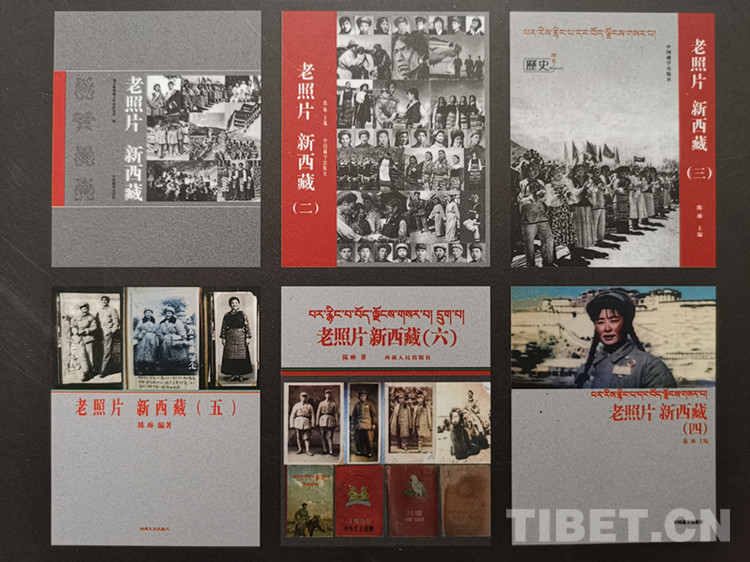Visiting the Tibet Intangible Cultural Heritage Museum

It is expected that The Tibet Intangible Cultural Heritage Museum, Tibet’s first museum dedicated to the preservation, inheritance, and dissemination of intangible culture in the region is to be completed by June 2020.

It is learned that the museum covers an area of nearly 9.9 hectares (60 mu) and has a building area of about 8,400 square meters. The project has an investment of 180 million yuan (26 US dollars), including 100 million yuan (14 US dollars) from the Shenzhen Municipal Government of Guangdong Province and 80 million yuan (11 US dollars) from Wanke Enterprise Co., Ltd. The project was started in September 2016, and the construction of the main body, outdoor area, and attached facilities took a year and a half to complete.
It is worth mentioning that the prototype of the museum is based on the Jokhang Temple in Lhasa. The design concept uses the spatial logic of the main hall of the Jokhang Temple.
In terms of exhibitions, the museum plans to adopt a combination of fixed and dynamic elements and a combination of exhibition and experiential elements. The museum is divided into four major sections: the main exhibition area, the special theme exhibition area, the interactive and experiential area, and the cultural heritage inheritor gallery. The main exhibition area is divided into three major themes and includes more than 50 national-level intangible cultural heritage items suitable for the fixed exhibition part of the museum.
According to the official information from Tibet Autonomous Region, the current preservation of intangible cultural heritage in Tibet has been increasing, the effectiveness of preservation has become increasingly prominent, and the intangible cultural heritage system has gradually improved. Tibetan opera, the epic of King Gesar, and the Tibetan medicinal bathing method have been included in the UNESCO List of Representatives of Human Intangible Cultural Heritage. Thangka, Tibetan medicine, and Tibetan incense have achieved both social and economic benefits thanks to productive preservation efforts.
Tibet Stories

Visiting the Sichuan Ngawa Xiangzang Art School
Trizeng Rabten started painting as a hobby. He first studied the techniques of the Karma Kac...

